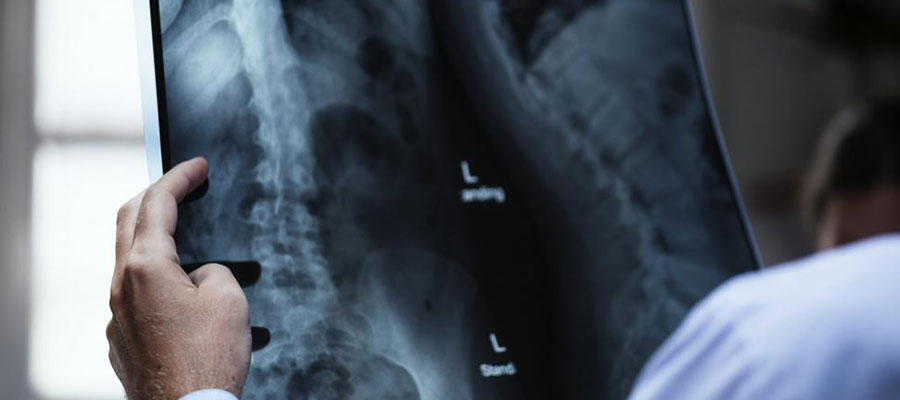Ancillary Services: Worth It in Orthopaedics?
Ancillary services can be key to increasing practice revenue with careful management. But the added costs to maintain them often make administrators cautious about adopting them in their own practices. According to MGMA, 33% of orthopaedic practices offer ancillary services to bolster their revenue.
According to the most recent AAOE Benchmarking Survey based on 2017 data, orthopaedic practices with the highest levels of compensation per physician offer a mix of ancillary services appropriate for their local areas. Practices that offered any combination of PT, MRI, DME and x-ray services were successful in achieving an average compensation per physician of $500 – 750K.
Physical Therapy
Most orthopaedic patients need physical therapy as an integral part of their treatment plan, and space for PT can be relatively inexpensive to outfit. To keep costs as low as possible, avoid outsourcing to a management company, who will take a percentage of the profits. It benefits you to self-manage since the therapists will have direct access to the prescribing physicians and can more quickly and accurately communicate about the patient’s care plan if everyone is under the same umbrella.
MRI
Offering extremity MRI can provide patients with immediate access to results. If you don’t want to invest in a machine, lease to-own options offer the financial flexibility to make MRI a consideration for any practice. Or, you can contract with a private radiology group for a reduced rate in order to obtain services for your patients.
DME
Many orthopaedic concerns require DME for treatment. Consider providing DME in house. You will need to obtain a DME license in order to dispense the equipment, but you will also control the quality of items you choose to offer. Patients will need to make one less stop for their treatment, increasing overall satisfaction while providing an extra revenue stream for the practice.
X-Ray
Providing x-ray services allows patients to get immediate diagnostic answers, while alerting staff to schedule surgery if needed much more quickly, skyrocketing your practice’s productivity. However, equipment can be extremely expensive, and a high utilization rate is needed to offset the costs. Before pursuing this option, it’s a good idea to examine data from your EHR. Seeing exactly how many referrals are going out for x-rays all in one place can help you determine if it would be a profitable option.
There is no magic, standardized combination of ancillary services guaranteed to boost your practice’s revenue. But research proves that those orthopaedic practices who invest in the right services have favorable chances of maximizing their compensation. This answer is different for everyone, but the key is to match ancillary services to your local market. First, consult with a healthcare attorney to make sure that regulations permit physician ownership of the above services in your state. Then, identify if your local area has a service gap that your practice could fill. Use targeted advertising to increase awareness of the new services, and take advantage of your EHR data to track the results. With careful investigation and management, your orthopaedic practice stands to profit.



